| Module 1 | 0. Pre-Initiation |
Unit 1
|
Unit 2
| ||
|---|---|---|---|---|---|
| Module 2 | 1. Initiate |
Unit 1
|
Unit 2
|
Unit 3
|
Unit 4
|
| Module 3 | 2. Plan |
Unit 1
|
Unit 2
|
Unit 3
|
Unit 4
|
| Module 4 | 3. Execute |
Unit 1
|
Unit 2
|
Unit 3
|
Unit 4
|
| Module 5 | 4. Monitor and control |
Unit 1
|
Unit 2
|
Unit 3
|
Unit 4
|
| Module 6 | 5. Close |
Unit 1
|
Unit 2
|
Unit 3
|
Unit 4
|
| Module 7 | All toolkit downloads |
Unit 1
|
 The critical objective of the “execute” phase is to complete quality deliverables to meet stated objectives and requirements. In this phase, the bulk of the actual efforts to enact migration activities occur. As indicated in the phase graphic above, this phase happens concurrently and iteratively with the “monitor and control” phase; activities from these two phases feed into one another in a mini-cycle within the larger migration process.
The critical objective of the “execute” phase is to complete quality deliverables to meet stated objectives and requirements. In this phase, the bulk of the actual efforts to enact migration activities occur. As indicated in the phase graphic above, this phase happens concurrently and iteratively with the “monitor and control” phase; activities from these two phases feed into one another in a mini-cycle within the larger migration process.
A migration team moving through the “execute” phase will document requirements, collect testing results and determine help desk processes. They will also develop key project artifacts for communication; procurement and contracting; data cleansing, migration and validation results; training; and go-live/implementation.
How to navigate the “execute” phase
Move through the tabs on this page to access the tools to work through this project phase. Start with the “primary tools” tab to access the critical project artifacts for this phase. You can then review the “supplementary tools” tab to see if any of the more specialized tools meet your needs. Last, check the “phase exit criteria” tab to ensure you’re ready to move to the next phase.
Reference the graphic above for a snapshot of the five phases of the project management lifecyle. For a more in-depth view of the framework and the associated steps of each phase, see the full framework below.

